On Air Now
The Indie Night with Sophie Sveinsson 7pm - 11pm
28 June 2024, 11:00

Radio X looks at the history of the Pyramid at Worthy Farm.
"His enthusiasm and dedication led to what we have now," said Glastonbury organiser Michael Eavis of Bill Harkin, when the architect died in March 2021. Harkin was the architect and set-designer who came up with the plans for the festival's iconic Pyramid Stage.
Along with festival co-founder Andrew Kerr, Harkin was one of the original group of people who met at Glastonbury Tor in 1970 and persuaded local dairy farmer Michael Eavis to hold an arts festival on his land.
Eavis remembers the pair approaching him with the idea: "They both became aware of very powerful feelings of spirituality and agreed the need for a new age of looking at life towards a utopian society.
"After more intense discussions these conversations led to the idea of a large music festival with a Pyramid as centre stage."

Harkin later remembered the inspiration behind the Pyramid Stage: a vivid dream: "I was standing to the rear of an open-air stage next to a drum riser, looking towards the audience that someone was addressing.
"There were two beams of light forming a pyramid in the sky with some buildings on the horizon." Harkin jotted down the idea and worked it into a rough sketch that eventually became a fully-fledged architectural plan.
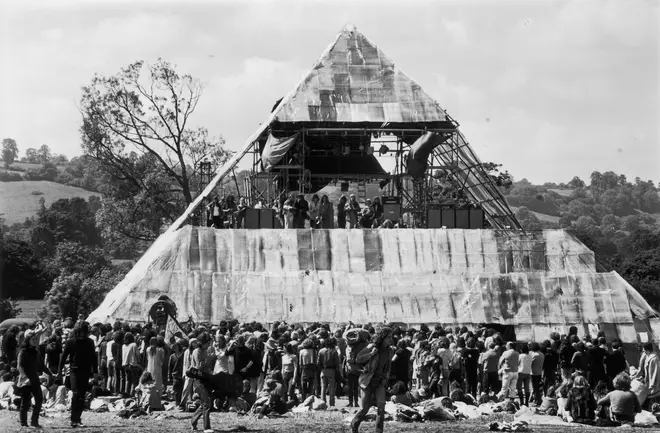
The first Glastonbury festival in 1970 just had a regular open air stage, but for the second festival in June 1971, Bill Harkin created a frame out of scaffolding in the shape of a pyramid and covered it with metal and plastic sheeting.
The pyramid shape is thought to have a powerful positive influence - which was an idea in keeping with spiritual movement of the early 1970s. The material on the Pryamid Stage was reflective so that when the film crew who were covering the festival turned on their huge arc lights, the structure glowed - and could be seen for miles.
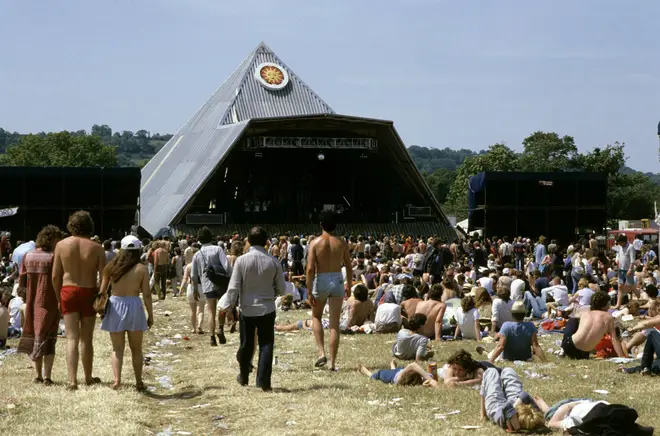
Glastonbury festival was only held sporadically in the 1970s, but the 1980s saw the event come back in earnest. A new Pyramid Stage was constructed to usher in the new era - now supporting CND (the Campaign for Nuclear Disarmament), the '81 festival saw a memorable performance by New Order on a stage made from decommissioned telegraph poles and iron sheets.
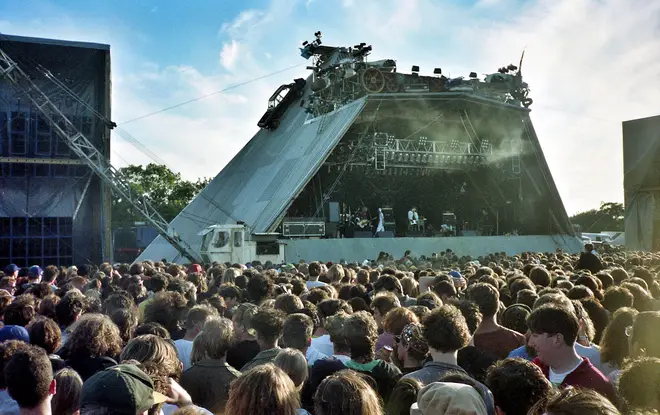
The second Pyramid Stage lasted into the 1990s, doubling up as a store for Worthy Farm's cows and their food reserves for the rest of the year.
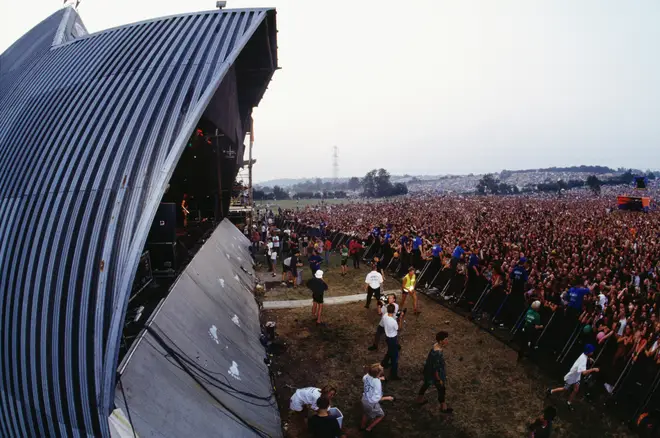
The Glastonbury site expanded in 1992, meaning the festival was on its way to becoming one of the biggest live events in the world. However, a week before the 1994 festival, the Pyramid Stage burnt down and a replacement had to be quickly built.

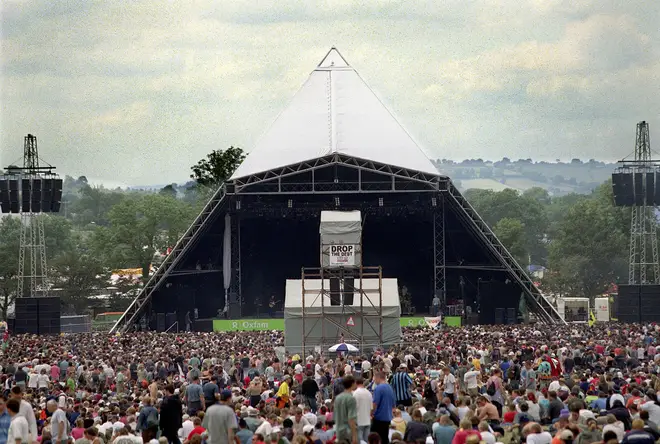
With the arrival of the 21st Century, the organisation at Glastonbury moved up a gear. In came the wall to stop people getting on to the site without tickets, and up went the all-new Pyramid Stage, in time for David Bowie's headline set in 2000.
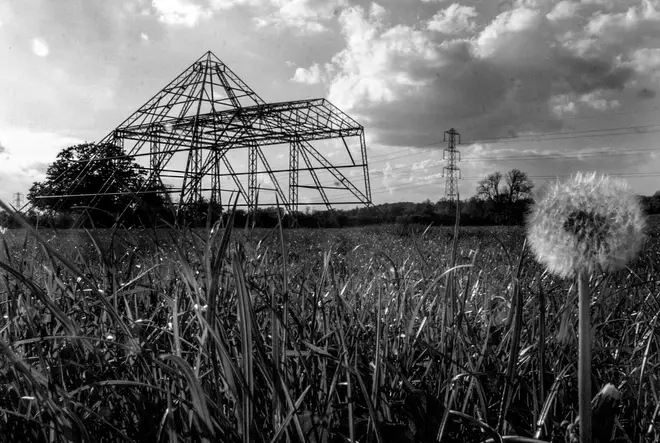
The new Pyramid Stage was designed by Bill Burroughs, and is 40 metres square, using 40 km of tubing weighing 40 tonnes, according to the official Glastonbury site.
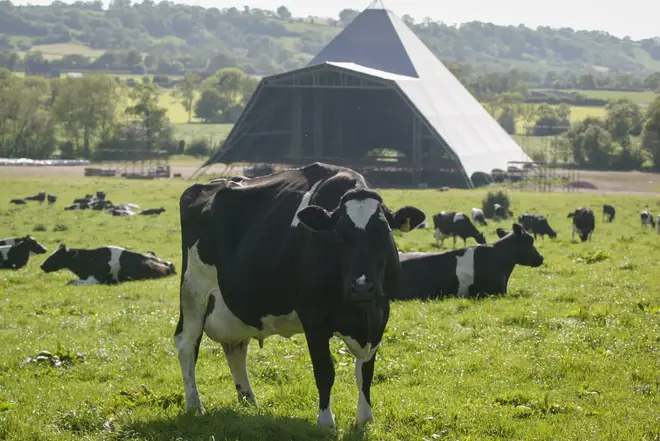
The structure of the Pyramid Stage remains at Worthy Farm for the whole year - including the months when the site goes back to its day job as a dairy farm.
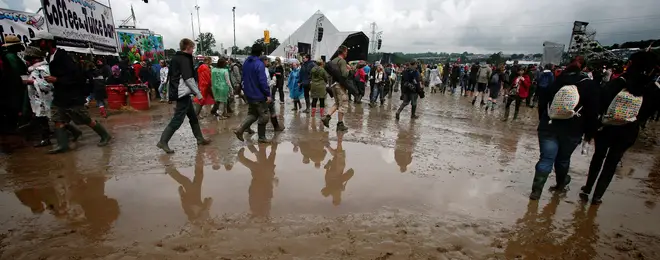
Britain's unpredictable weather means that the stages at Glastonbury need to be made of strong stuff - but sometimes the elements get in the way of the music. In 2014, an electrical storm meant that the festival had to be shut down for several hours on safety grounds.
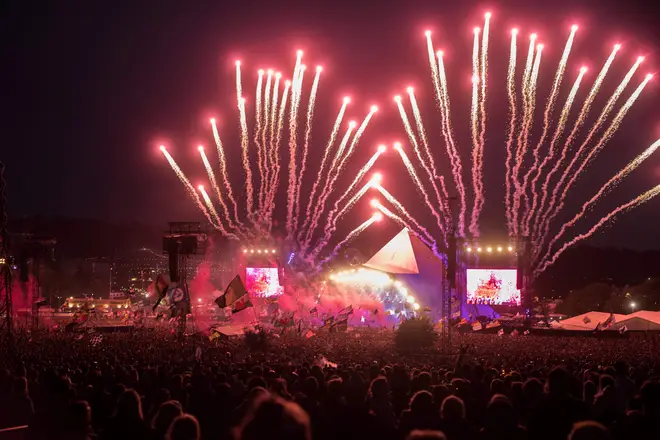
Now an essential part of the Glastonbury myth, the Pyramid Stage now plays host to the biggest stars in the world of music. The last time the festival was held was in 2019, with Stormzy, The Killers and The Cure all headlining.

Some of the biggest crowds at Glastonbury line-up in front of the Pyramid Stage on Sunday afternoon for the "legends" slot. Over the years, Kylie Minogue, Dolly Parton, ELO, Lionel Richie and Paul Simon have all delivered their hits to an adoring Pyramid Stage audience.
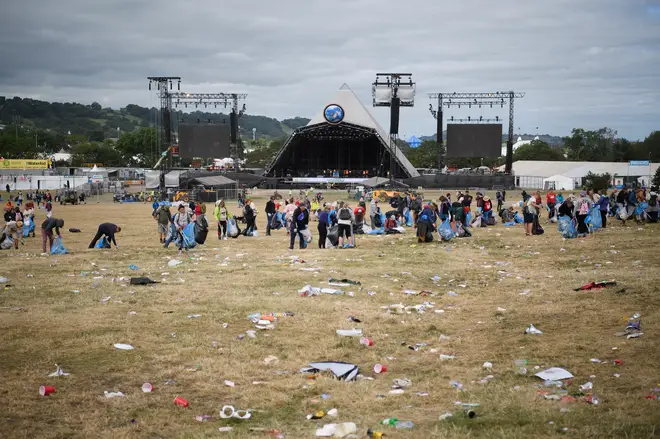
And, with the biggest crowds comes the biggest mess. Hundreds of volunteers spend the week after the festival clearing up the open spaces in front of Glastonbury's many stages.